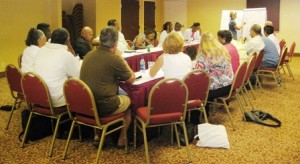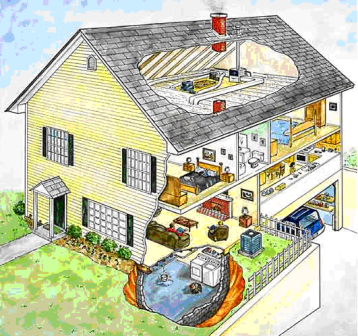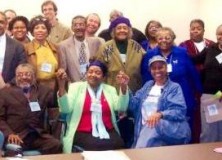Citizen Panels emerged in Europe as a means to democratize decisions regarding the role of science and technology in shaping the future. European citizen panels (A.K.A. citizen juries) serve as a model for our approach.
They follow the model established by centuries of activities in the jury system (where a limited number of lay members of a population, usually twelve, is empanelled, listens to expert and lay testimony, deliberates, and gives judgments on cases).
However, we are just taking the initial steps in this process in the United States. Only a few citizen panels have been convened in the U.S., and none in the southeast.  The SCRC is piloting the use of citizen panels on topics relating to technical and ethical questions and research. Currently in Europe, Citizen Panels have regulatory prerogatives in making governmental policy. Our hope for this project is to see that we too gain a genuine seat at the policy table.
The SCRC is piloting the use of citizen panels on topics relating to technical and ethical questions and research. Currently in Europe, Citizen Panels have regulatory prerogatives in making governmental policy. Our hope for this project is to see that we too gain a genuine seat at the policy table.
GOALS OF THE CITIZEN PANEL PROCESS
- Identify the barriers to citizen participation in technical decision making, as a first step to reducing such barriers.
- Define and establish an environment for meaningful dialogue between citizens and experts regarding technical issues (relating to health and the environment).
- Create Community-led collaborations with scientists, technicians, and other technically trained experts to address environmental health problems.
- Develop evidence that community involvement in technical decision-making leads to better science and more effective policy options.
A Case Study: SCRC Demonstration of a Citizen Panel
Partially funded by the National Institute of Environmental Health Sciences (NIEHS) and Morehouse College, The Built Environment, Air Quality, and Community Health Project was designed to introduce the concept of Citizen Panels, and demonstrate how a Citizen Panel would help bring relief to these issues by more fully involving those citizens most at risk and who have the least freedom to improve the state of their built environment as individuals.
 The built environment contributes to many of the environmental pollutants that make environmental health problems so endemic of the Southeastern states in general. The “built environment” includes
The built environment contributes to many of the environmental pollutants that make environmental health problems so endemic of the Southeastern states in general. The “built environment” includes
- housing and homes
- schools
- workplaces
- parks/recreation areas
- business areas and roads.
It extends overhead in the form of electric transmission lines, underground in the form of waste disposal sites and subway trains, and across the country in the form of highways.
The goal of the Citizen Panels was to articulate the key issues, main obstacles, and significant differences in the views of cross-sections of four types of communities in the state of Georgia: urban, suburban, exurban, and rural.
The category of participants included:
- traditional and grassroots community leaders
- elected officials
- business leaders
- religious leaders
- representatives from advocacy groups
- researchers/practitioners from fields relating to environmental health and built environments.


